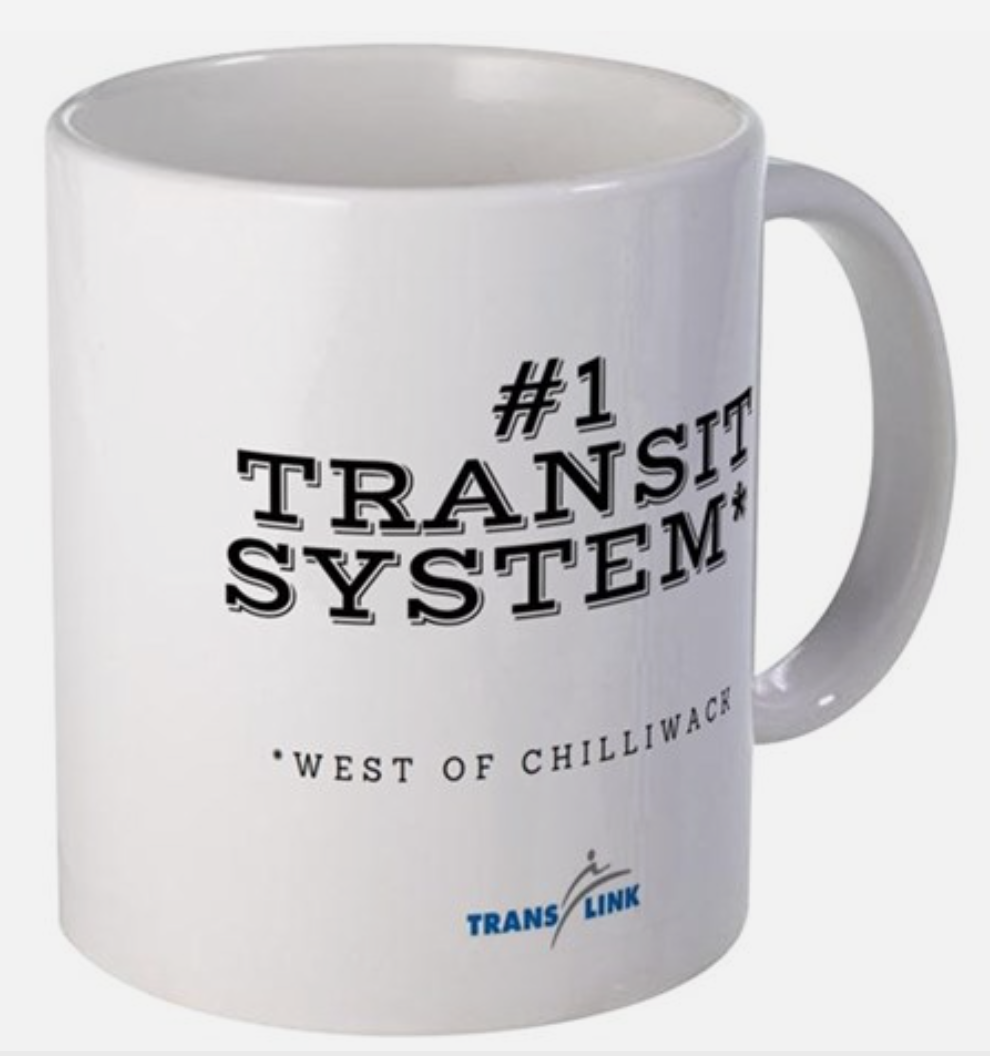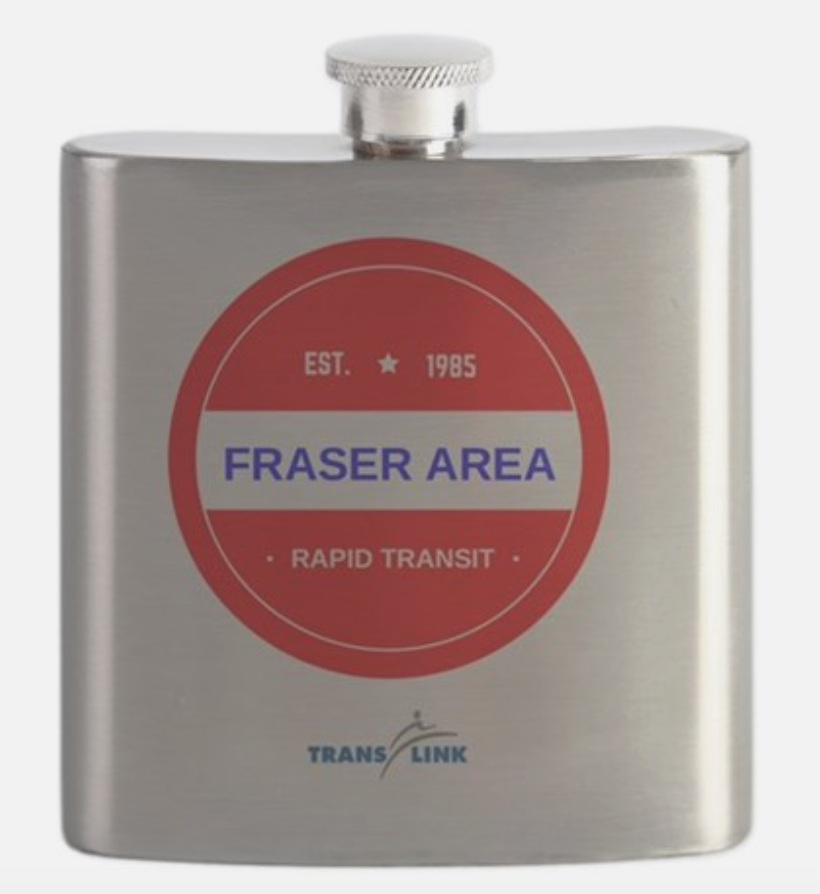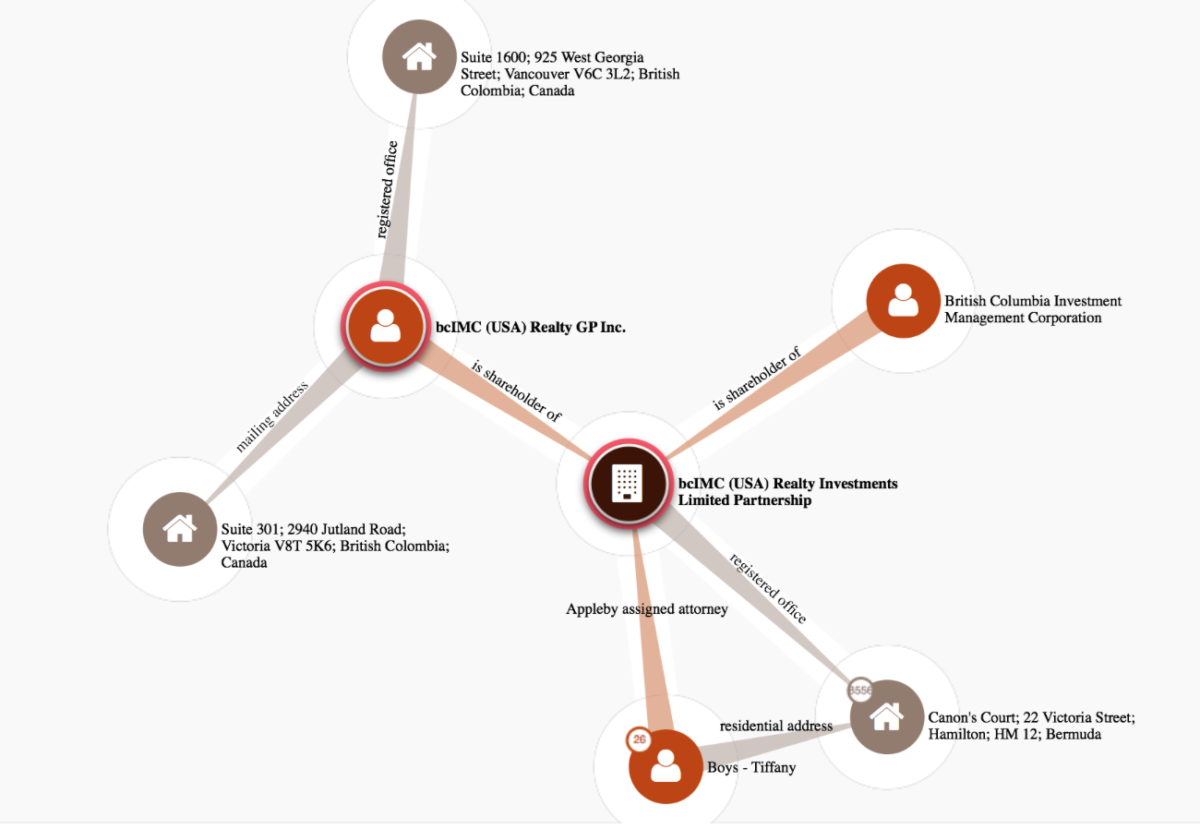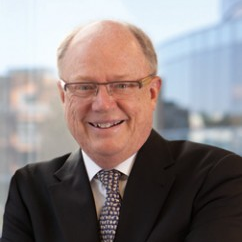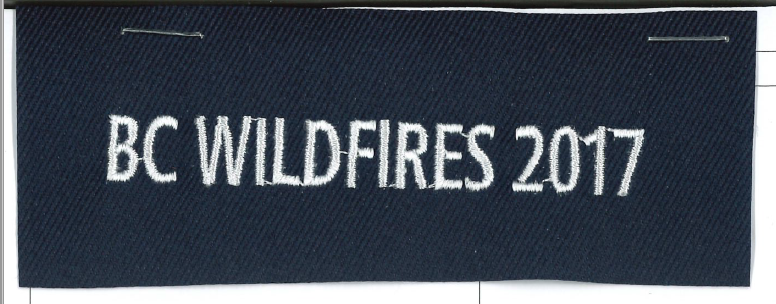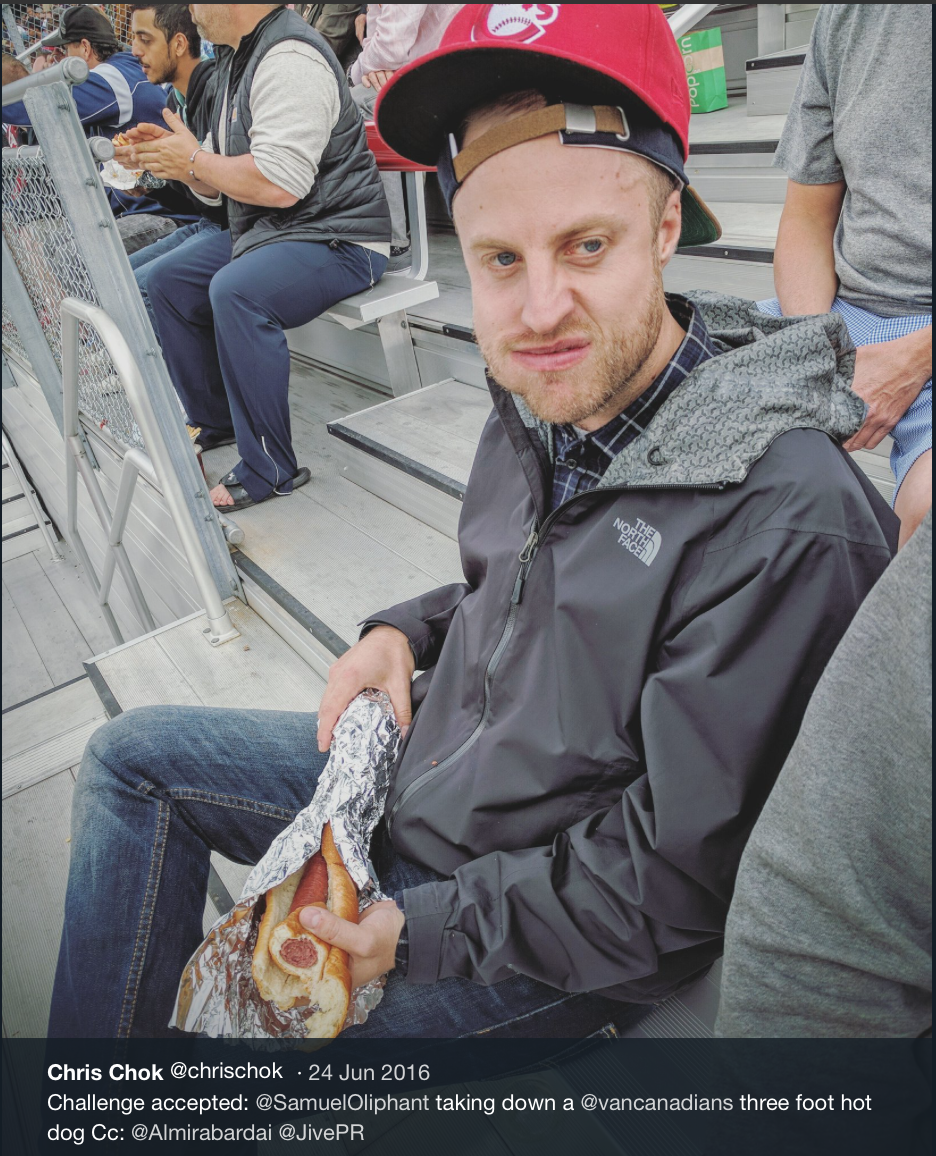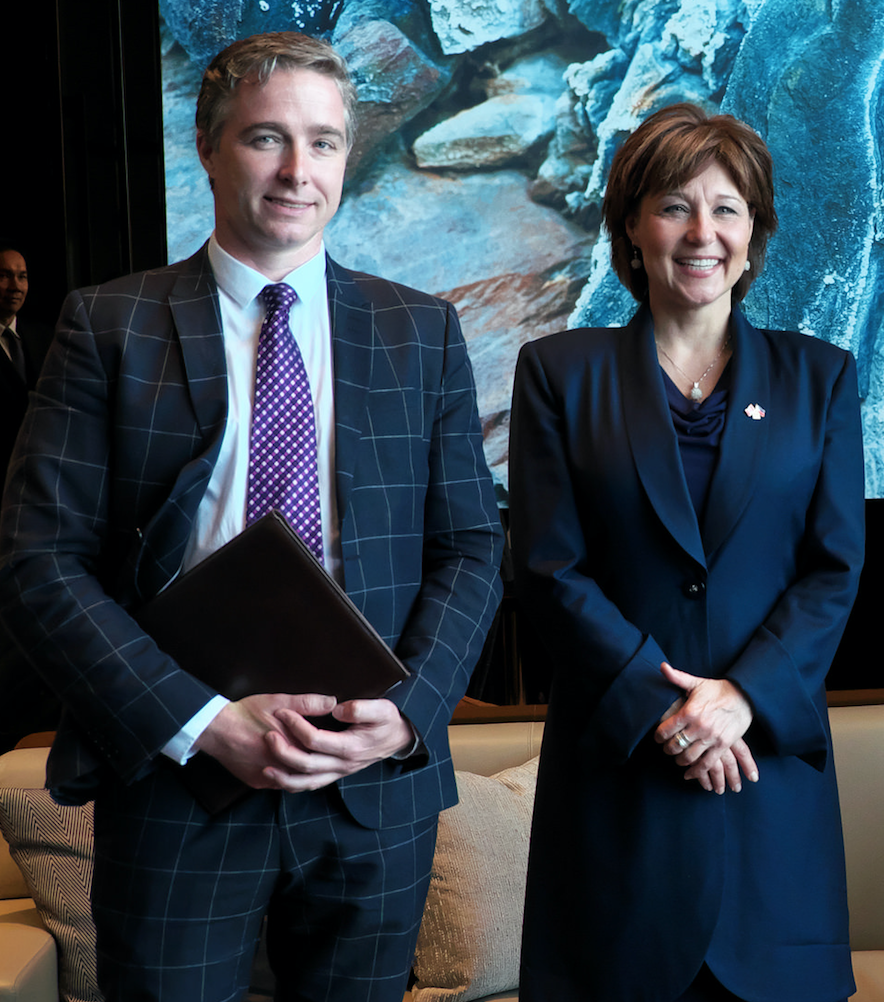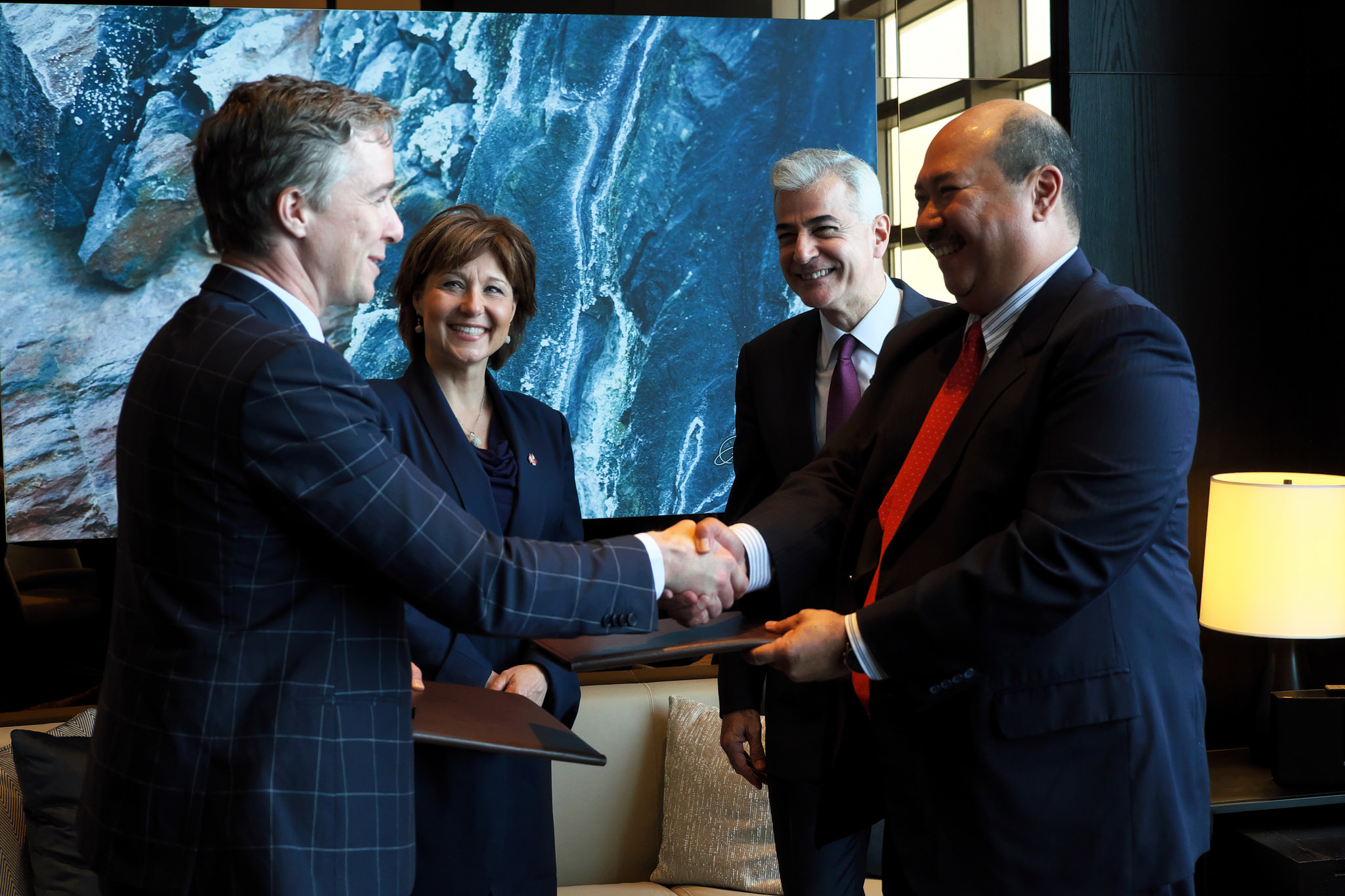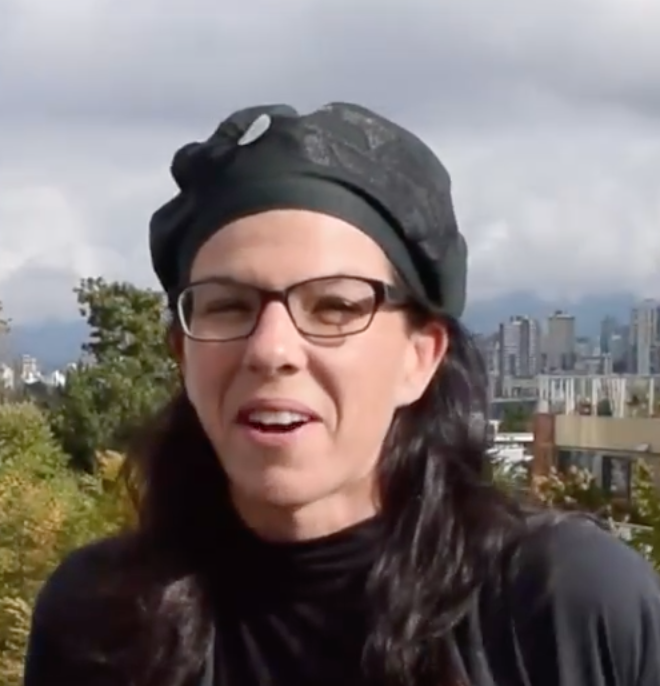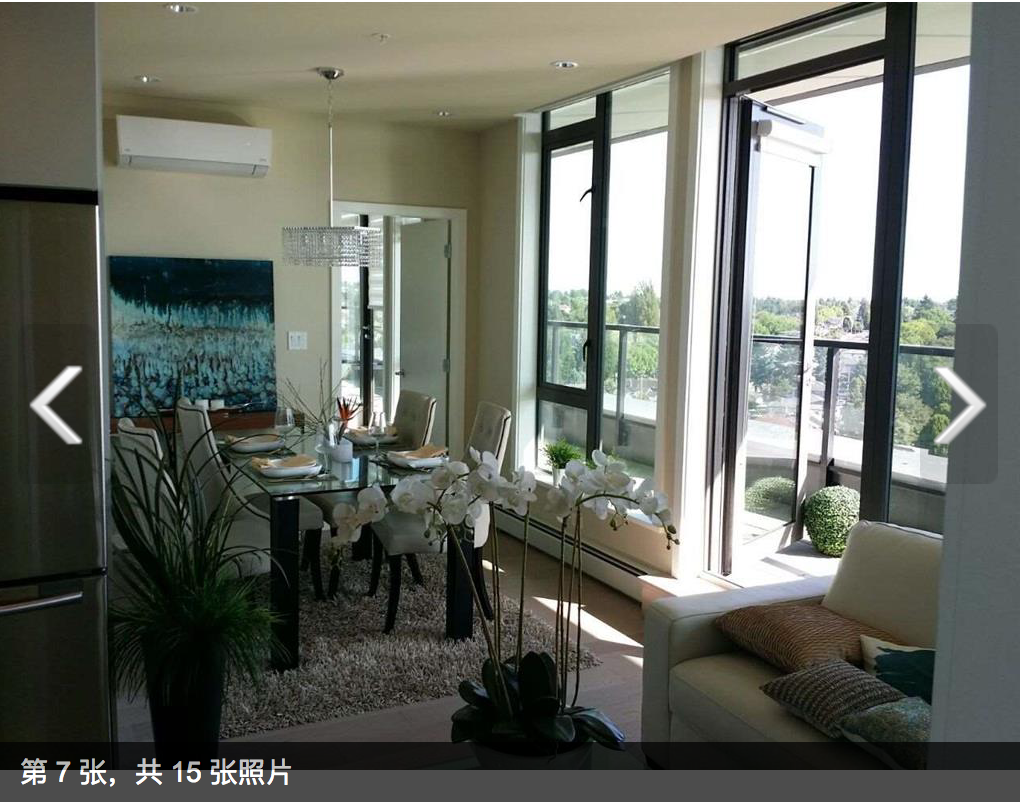Debbie Liang, Gurshan Dhaliwal, Faith Marere, Xinhao Guo, Jiwon Lee and Rocky Xie
When the city hosts the Honda Celebration of Light every summer, do Vancouver taxpayers get bang for the buck?
Or does their hard-earned money go up in smoke?

(Honda Celebration of Light)
The annual tradition since 1990, spread over three nights in English Bay, sounds like the perfect party in the most-favourable weather period of the year. However, few seem to know how much it costs the public to make it happen.
Vancouver city hall says it spends $800,000 on policing, garbage removal and traffic control. All of this money comes from property taxes, the city’s primary source of revenue. The lion’s share, $750,000, is for crowd control by the Vancouver Police Department, which deals mainly with alcohol-related incidents and assaults.
Teams from Japan (July 29), United Kingdom (Aug. 2) and Canada (Aug. 5) appeared at the 2017 festival, to which the provincial government also contributed $250,000 ($100,000 via the Tourism Events Program and $150,000 from the Community, Sport and Cultural Development ministry).
The Honda Celebration of Light is, as a result, a costly event and city hall gets no direct revenue.
The producers of the celebration, production company BrandLive, work for the non-profit Vancouver Fireworks Festival Society. The revenue from sponsorship and its limited ticket sales goes directly back to the event, which costs $2.6 million (including the city subsidy).
For those who want a prime view, with a little less crowding, VIP tickets cost $49 for the YVR Observation Deck Bleachers all the way to $5,000 for a business class cabana that holds two dozen. Members of city council and senior managers get special access, where they get to rub shoulders with corporate executives and lobbyists. Coun. Raymond Louie was part of the 2017 jury that awarded Japan’s Akariya Fireworks best-in-show.
A May 8, 2017 report to the Vancouver Board of Parks and Recreation said the event draws an estimated 400,000 per night and boasts “over $40 million annually in incremental tourism and hospitality spending.”
BrandLive estimated a $173 million “direct economic” benefit was generated for the city in 2017. While that sum is worth rejoicing, it tends to mainly benefit the restaurants, bars and hotels around English Bay, and does little for an area like Marpole or Chinatown. Vancouverites who want nothing to do with the event are still forking over their property taxes and not gaining direct economic benefit. Moreover, BrandLive has not specified whether the $173 million is additional revenue, so we should consider what the counterfactual revenue is. 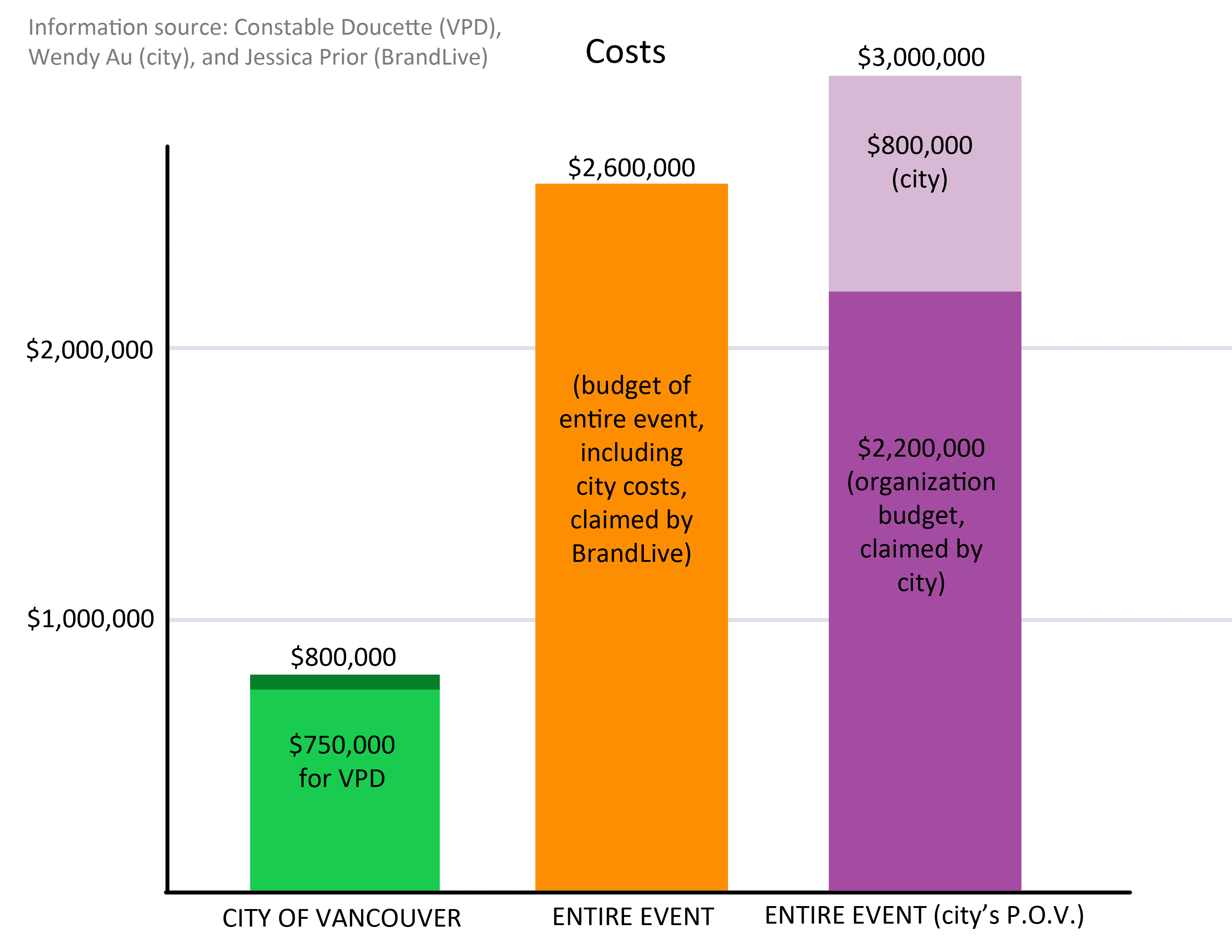
“The values of the event are based on community, and providing a space, which is free, to unite and connect family and friends,” said BrandLive producer Jessica Prior.
But is it really free?
The economic benefit cannot, however, be only calculated in monetary value. The utility of the event was concluded via non-scientific surveys conducted via questionnaires on kiosks set-up near English Bay and Second Beach, and used by a relatively slim minority of the 400,000-a-night. The results: a 9-out-of-10 enjoyment rating, with 82% of attendees planning to return, and 82% saying they would recommend it to friends or family.
There is a possible voluntary response bias. Those who tend to express the views are the ones who either really enjoyed the event, or the opposite. The survey may not be an accurate representation of whether the people in Vancouver want or enjoy the event. The survey was only given to the attendees, who are much likelier to be in favour of the event. The non-attendees (two-thirds of Lower Mainland residents) are, as a result, underrepresented.
To city hall, there is surely an economic benefit, but only “by assumption,” admits assistant city manager Wendy Au.
“This can be considered an economic engine that brings in tourists, visitors, locals to prosper our restaurants, hotels, retail stores,” Au said. “So, in return all the spending create jobs, businesses, giving the city a good reputation that companies want to come and set up offices here, create employment.”
According to BrandLive figures, 17% of attendees are from outside B.C. and 13% from other regions of the province.
The event had some influence on drawing 71.5% of out-of-region visitors. Of those, 60% (about 87,500) said they paid for lodging.
It is possible that not all of these attendees were attracted by the Honda Celebration of Light alone, since the city suggests that many came for the annual Pride Festival that follows the fireworks festival.
There are also adverse impacts that are often overlooked. BrandLive’s Prior said that the fireworks are approved by the Canadian Explosives Regulatory Division and the smoke is “designed to dissipate quickly.” When we interviewed Au, she said that all events have to be approved in several steps, via the city’s risk management team, the legal department, and fire department. Fireworks shells that wash-up on the shore are removed from the beaches following the event. 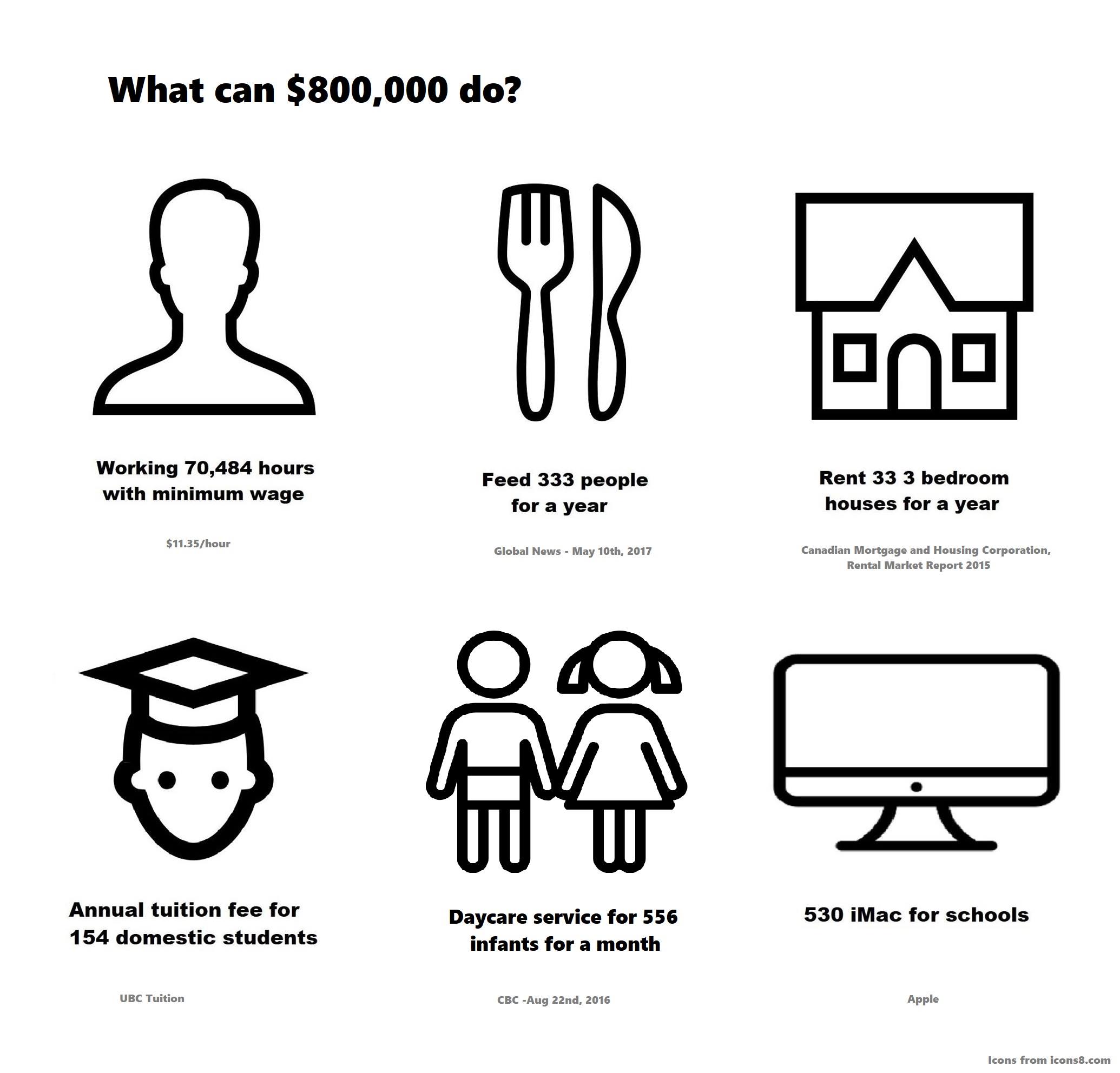
Nonetheless, environmental concerns about fireworks displays in general were raised in a study by the U.S. National Oceanographic and Atmospheric Administration. The results appeared in the August 2015 issue of Atmospheric Environment. Scientists found fine particulate matter — like dust, dirt and soot — rose an average 42% every Fourth of July. Fine particles can lead to respiratory illness, heart disease and stroke.
Mayor Gregor Robertson, who lives near English Bay, desires Vancouver to become the world’s “greenest city” by 2020. The city encourages public transit during the event and has sophisticated plans to control waste. BrandLive said there are over 40 recycling stations and 60 additional garbage totes around the event site. However, social media users published photographs during the 2017 festival that showed several permanent streetside receptacles at West End access routes that were covered in plastic for apparent security reasons.
The initial question about the negative air pollution from fireworks remains unanswered. In addition, large-scale city events in the West End, including Pride and the 4/20 marijuana festival, spur complaints from people living around the event site, especially senior citizens and people with mobility issues who are inconvenienced by the road closures.
The Honda Celebration of Light is undoubtedly popular, as the biggest non-ticketed festival in Western Canada. Yet much quantitative information is not apparent to the public eye.
After examining the statistics and weighing the costs and benefits of this event, Vancouverites can make a more informed decision.
Is the Honda Celebration of Light a blast or a fizzle?
Debbie Liang, Gurshan Dhaliwal, Faith Marere, Xinhao Guo, Jiwon Lee and Rocky Xie are Economics 210 students at the Vancouver School of Economics at the University of British Columbia.
Debbie Liang, Gurshan Dhaliwal, Faith Marere, Xinhao










